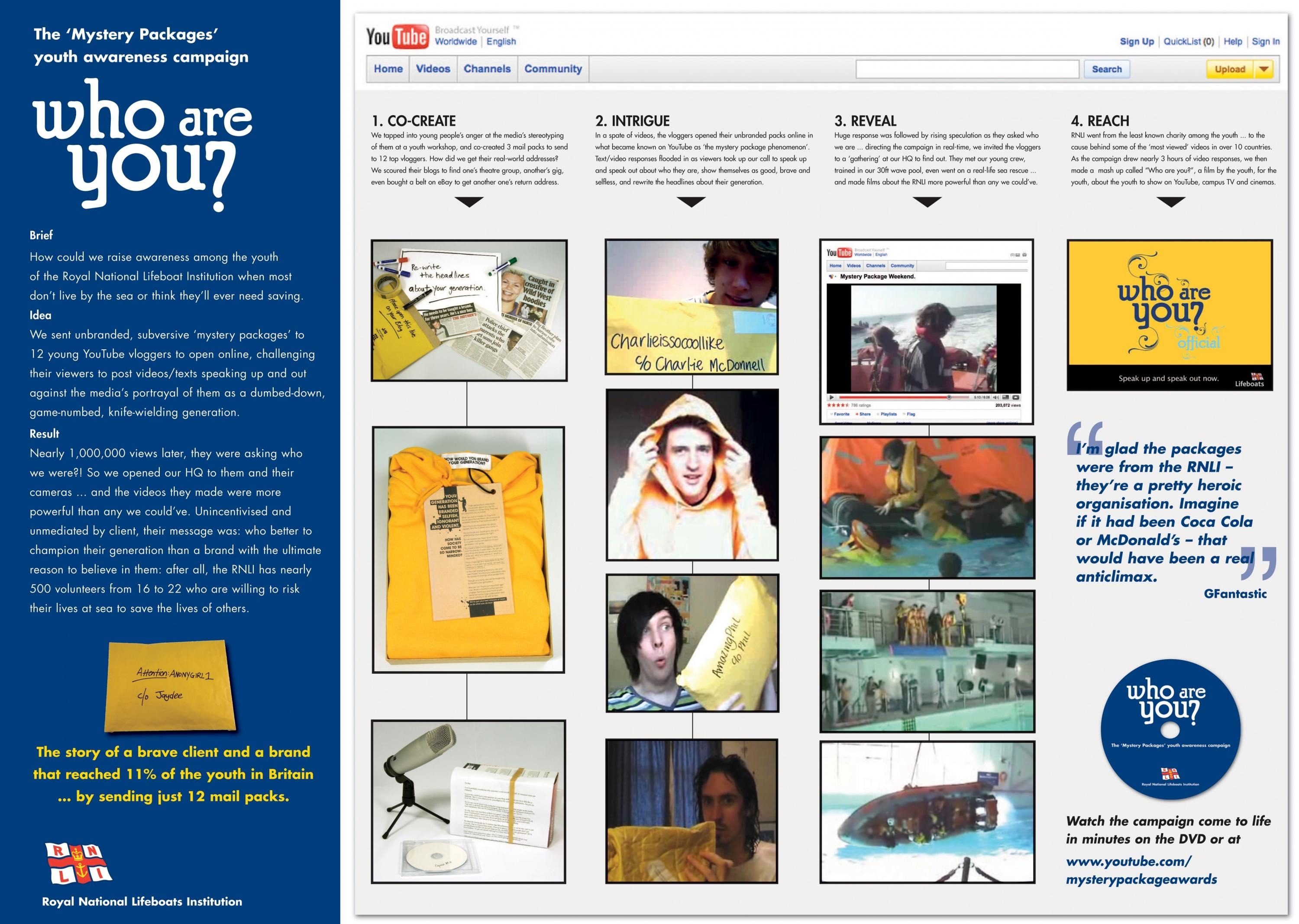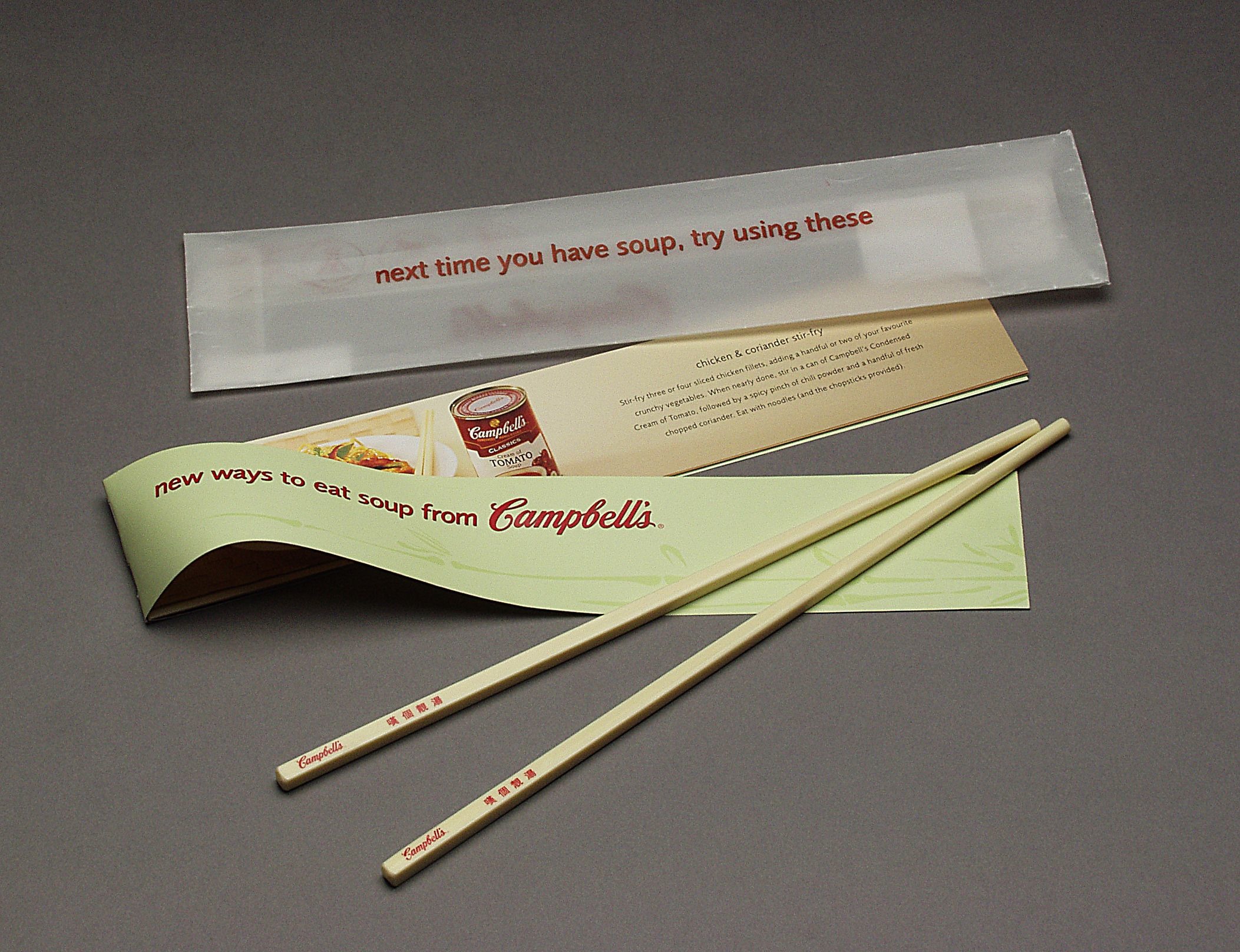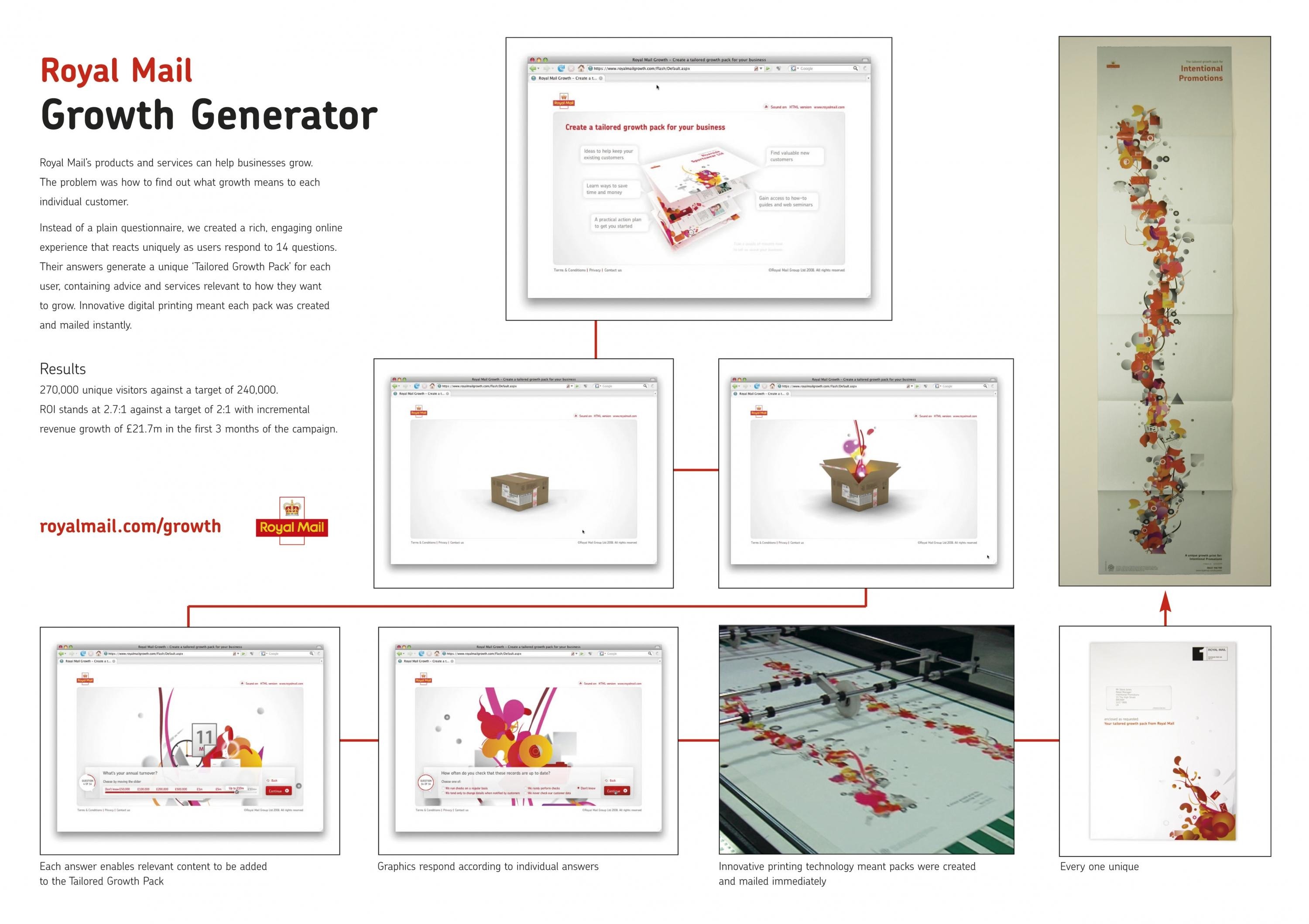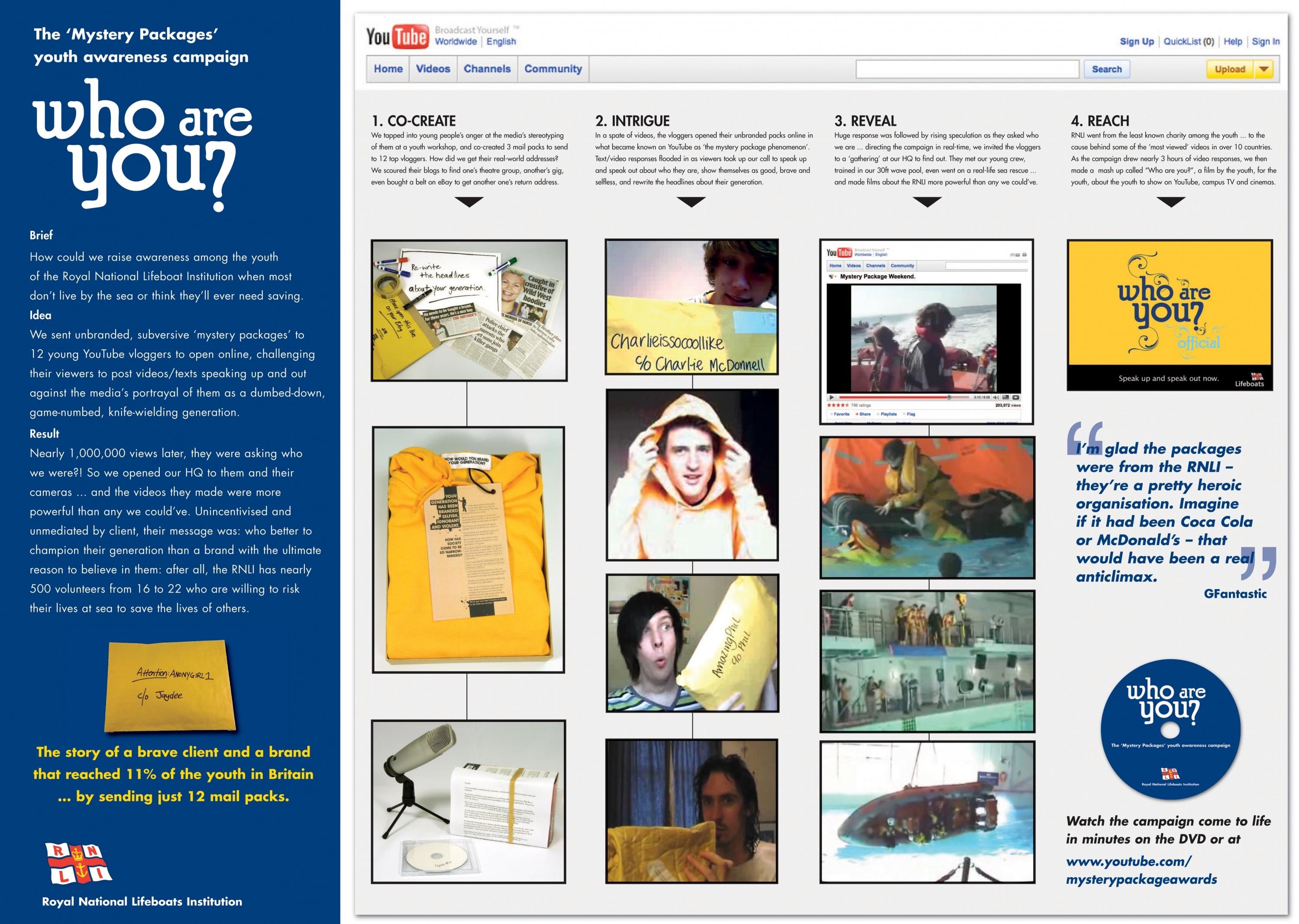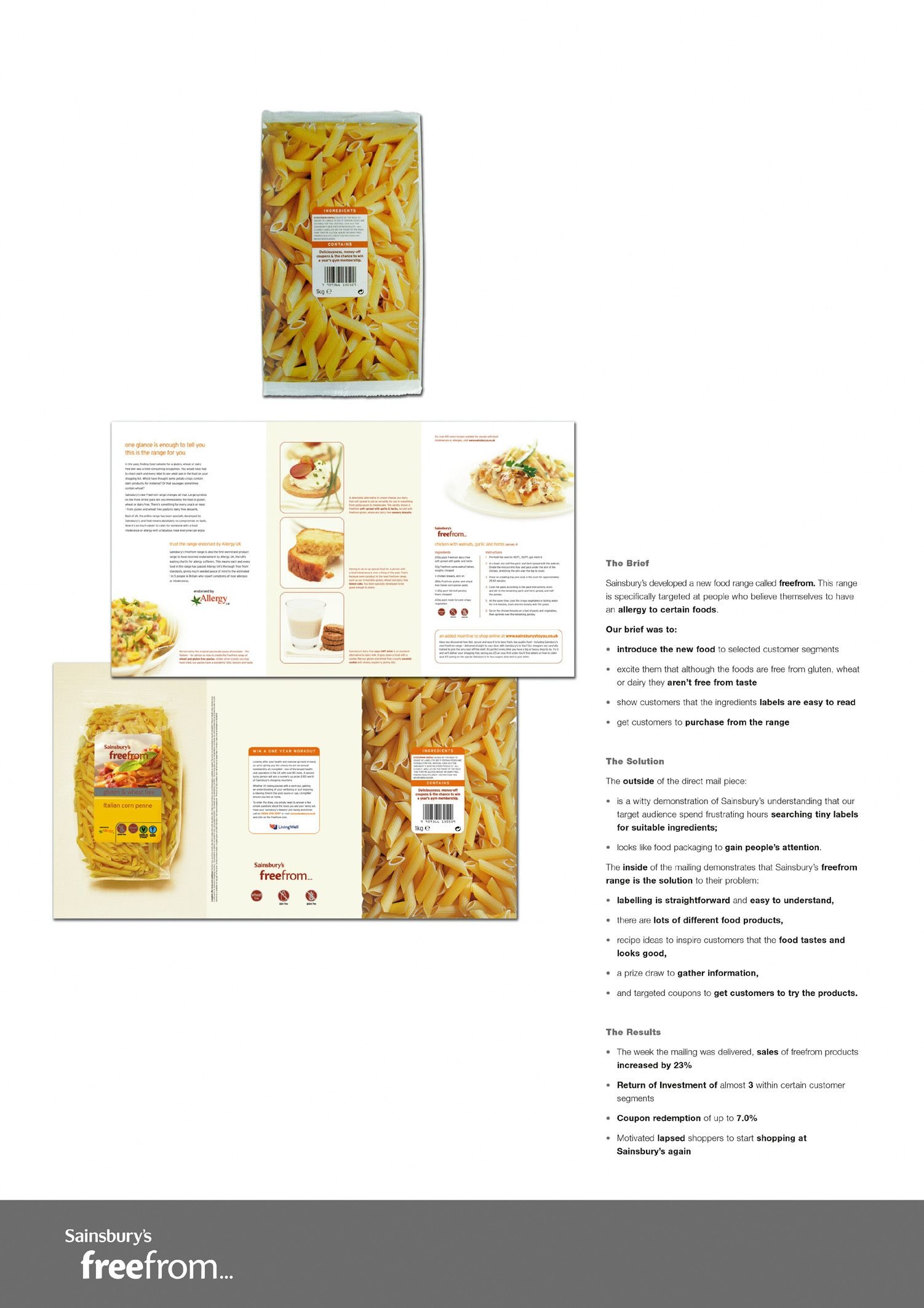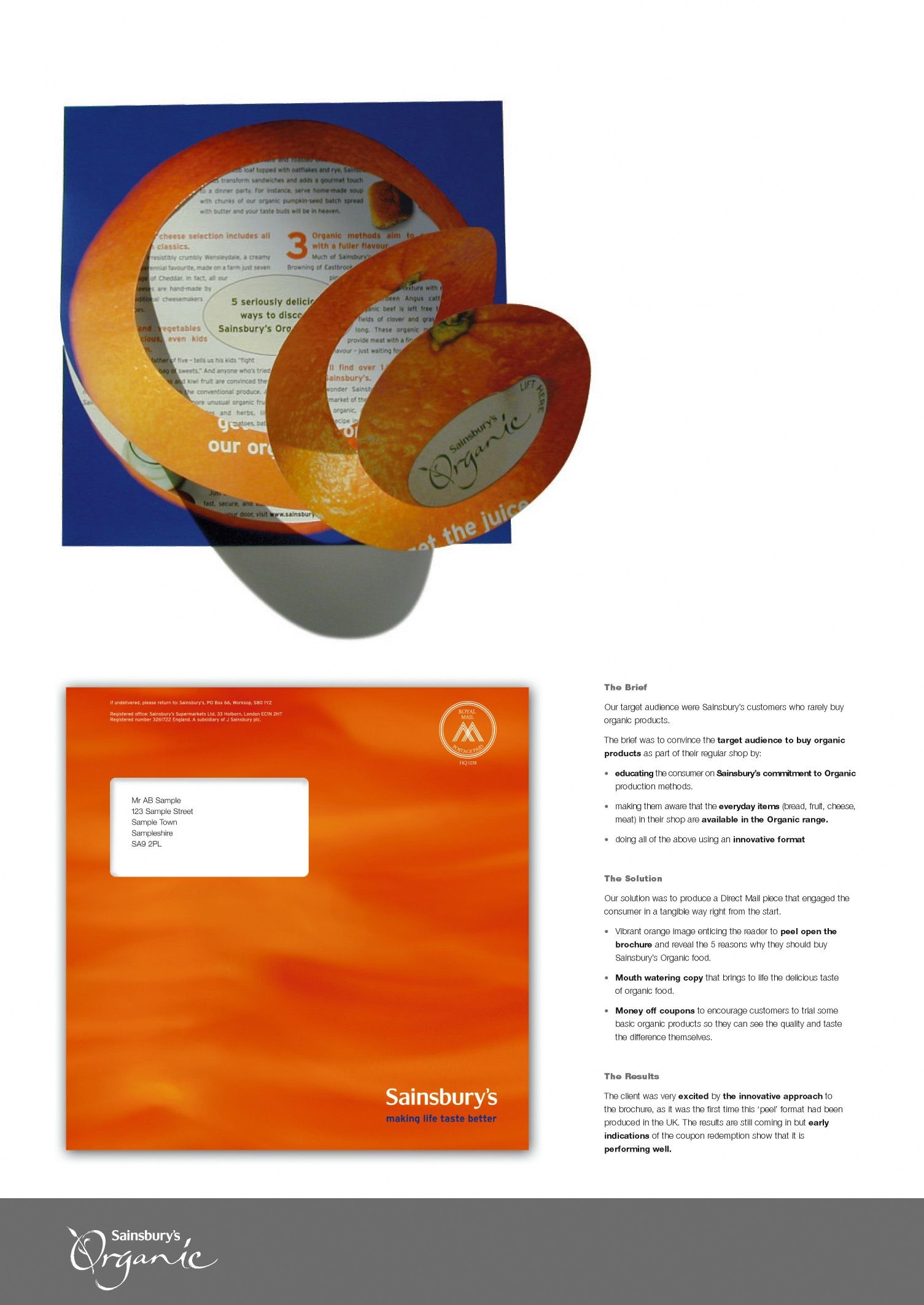Creative Effectiveness > Creative Effectiveness
RAISING EYEBROWS AND SUBSCRIPTIONS
PROXIMITY LONDON, London / THE ECONOMIST / 2016
Awards:

Overview
Credits
Overview
BriefExplanation
It’s easy to fix the damage wrought by a bad advertising campaign. But how do you handle the unintended consequences of a brilliant one?
The Economist’s iconic poster work of the past two decades cemented its reputation as the house publication for the man that wants to get ahead. It was clever and flattered its readers’ intelligence.
Unfortunately, it worked so well that people who saw themselves as outside this closed group felt distanced from the brand. A whole generation of people grew up thinking The Economist wasn’t relevant to their lives. They had dismissed the title as ‘a handbook for the corporate elite’.
Circulation started to plateau and digital conversion declined as the traditional prospect base became tapped.
We had to make a radical change. We had to persuade a new audience that The Economist was relevant to them and, specifically, get them to raise their hands and become retargetable prospects for the future. They had to see what our readers saw – experience what devoted readers term, the “Economist Epiphany”. The story that connects and shows how The Economist can make you see an issue differently.
Our strategy came from an insight that underpins the publication itself – “There is nothing more provocative than the truth” – and we applied it to three tasks:
1. Provoke the intellectually curious.
Surprise them with tailored, provocative headlines that showcase The Economist’s wit and intelligence.
2. Demonstrate The Economist’s relevance.
Speak to them about the topics they’ve shown an interest in – when they’re most interested.
3. Give them their own ‘Economist epiphany’
Nudge them to read more targeted content so they experience their own ‘epiphany’ and subscribe.
The effect from this largely digital display campaign was incredible – and unanticipated.
We directly provoked 5.2m new people into exploring The Economist content – a new addressable audience that is continuing to convert into subscribers.
We have grown the paid subscription base by 64,405 (looking only at the uplift on sales from digital channels in a period when adspend was down, newsstand sales were down and pricing and promotions were static).
The campaign is already responsible for delivering £51.7m in lifetime revenue and a revenue ROMI of over 25:1 from our year one spend of £2.03M.
This is only the beginning.
These subscribers are precisely the “Progressive” audience we were seeking – much younger than traditional subscribers and we’ve been addressing a historical gender imbalance, bringing more women to The Economist through this campaign.
We’ve changed their perceptions of The Economist, with tracking showing more of them see the newspaper as relevant and compelling.
And we’ve shown how even that most creatively derided channel – programmatic display – can deliver powerful, business-changing brand effects when you harness its full potential – the combined power of content, creativity and context.
Raising eyebrows and raising subscriptions.
More Entries from Creative Effectiveness in Creative Effectiveness
24 items
More Entries from PROXIMITY LONDON
24 items








